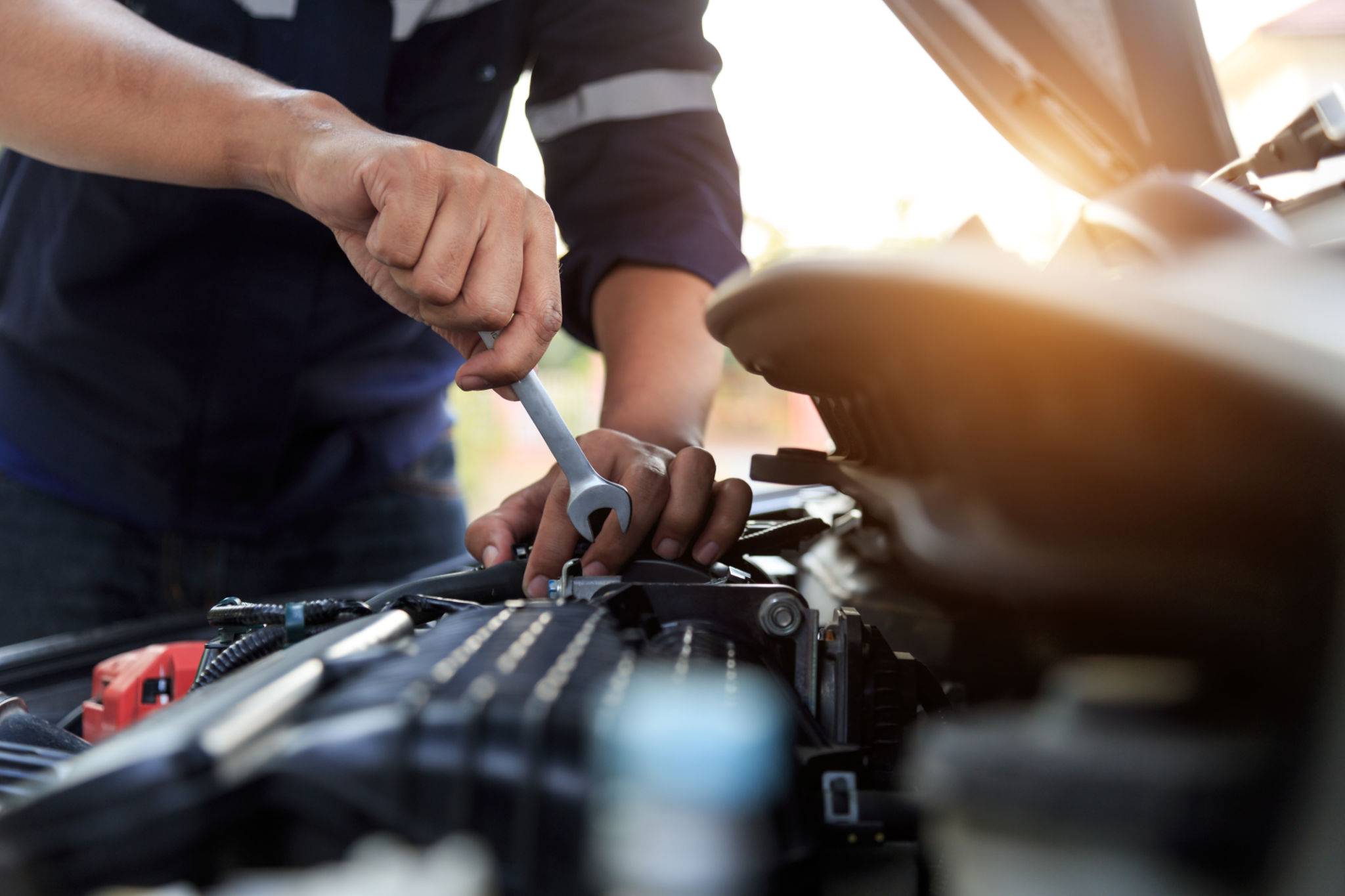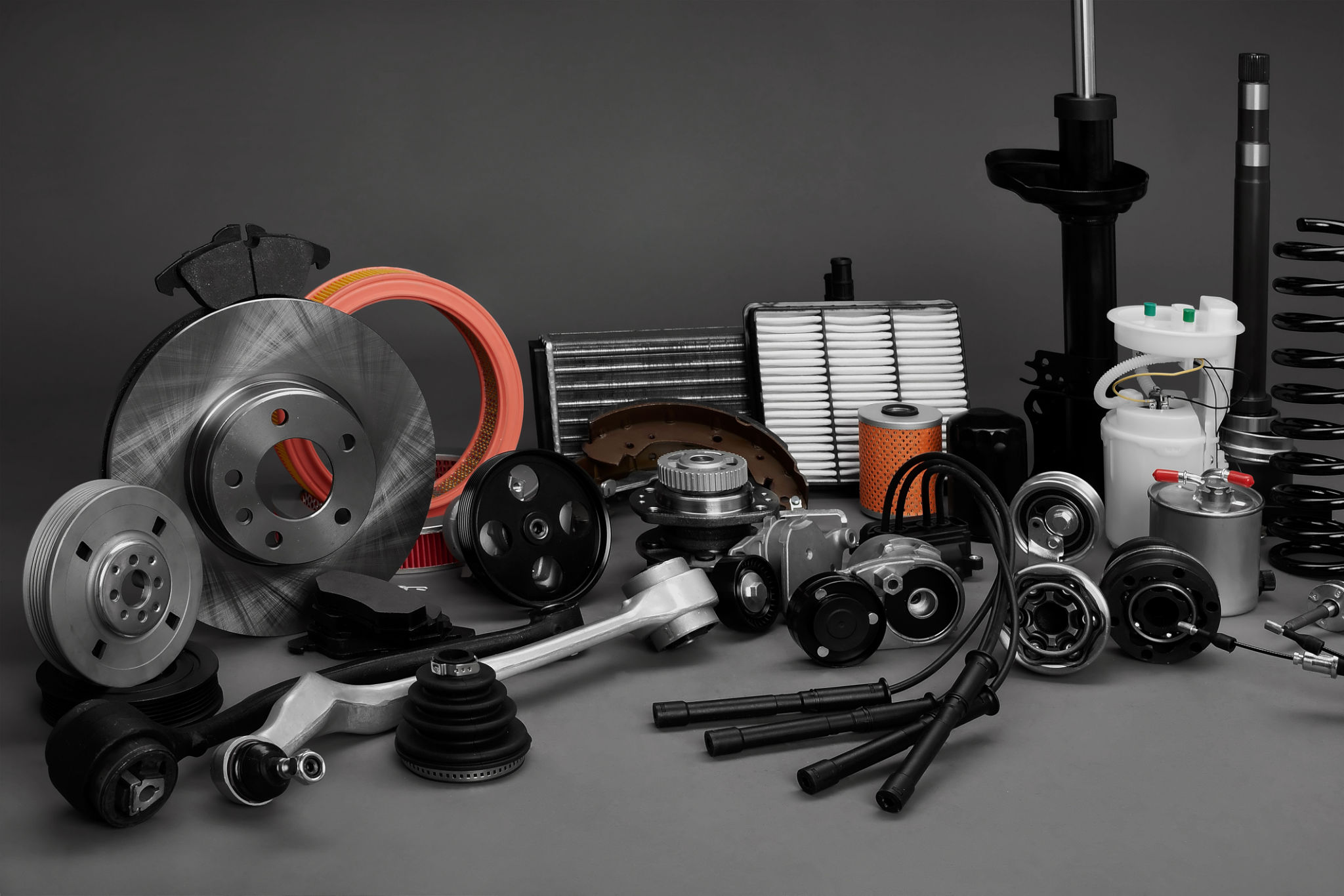How to Prepare Your Vehicle for Long-Distance Auto Transport
Understanding Long-Distance Auto Transport
Preparing your vehicle for long-distance auto transport can ensure a smoother and more stress-free experience. Whether relocating or purchasing a vehicle from afar, proper preparation helps prevent potential issues during transport. Here are some essential steps to get your vehicle ready for the journey.

Inspect Your Vehicle Thoroughly
Before handing over your vehicle to the transport company, conduct a thorough inspection. Check for any existing damage, such as scratches, dents, or paint chips. It's crucial to document this with photos or a video from multiple angles. This record can be valuable for insurance purposes should any new damage occur during transit.
Clean Your Car Inside and Out
A clean car makes it easier to identify any pre-existing damage and ensures nothing is missed during inspection. Remove any personal belongings from the interior to avoid potential loss or damage, as transport companies often do not cover personal items within the vehicle.
Perform Necessary Maintenance
Ensure your vehicle is in good working order before transport. Check fluid levels, including oil, coolant, and brake fluid, and inflate tires to their recommended pressure. If applicable, secure any loose parts, such as convertible tops or antennas, to prevent them from being damaged during transit.

Deactivate Toll Tags and Alarms
Deactivate any toll tags or parking passes to prevent unwanted charges while your vehicle is being transported. It's also advisable to disable the car alarm to avoid it triggering unexpectedly, which could drain the battery or cause other issues for the transport team.
Secure External Accessories
If your vehicle has removable external accessories like spoilers, roof racks, or special mirrors, consider removing them to prevent damage. If removal isn't practical, ensure they are securely fastened and protected as much as possible.

Communicate with Your Transport Company
Maintain clear communication with your chosen auto transport company. Confirm pick-up and delivery dates, and understand their policies regarding insurance coverage and liability. It's important to ask any questions you may have to ensure both parties have clear expectations.
Check Fuel Levels
Your vehicle will not be driven extensively during transport, so it only needs a small amount of fuel in the tank. Typically, a quarter tank is sufficient for loading and unloading purposes and helps reduce the vehicle's weight during transport.
Prepare for Vehicle Delivery
When your vehicle arrives at its destination, conduct another thorough inspection using your initial documentation as a reference. This step is crucial for identifying any new damage that may have occurred during transit. Report any discrepancies to the transport company immediately.
By following these steps, you can ensure that your vehicle is well-prepared for long-distance auto transport, minimizing risks and ensuring a smoother experience overall.
